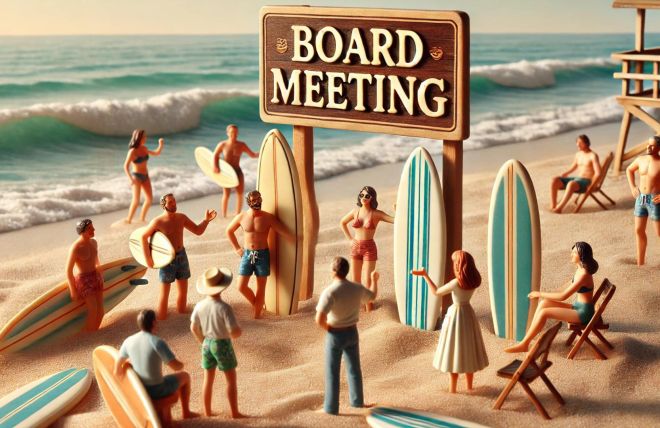If your HOA board is reinventing the wheel before every meeting, you’re wasting time and probably burning out your volunteers. The best-run associations don’t scramble month to month. They build repeatable systems that make planning and running meetings feel like clockwork.
Consistency isn't just a time-saver. It's a trust builder.
So how do you create an HOA meeting process that runs smoothly and scales with your community’s needs? It starts with organizing once, and setting yourself up to repeat it effortlessly.
Create a Standardized Agenda Template
Stop writing agendas from scratch. A good agenda should follow a reliable structure—call to order, approval of minutes, committee reports, old business, new business, and homeowner comments. Once you’ve created this template, store it in your HOA software or shared board folder and reuse it each month.
Adding time limits to agenda items helps prevent meetings from running long and keeps conversations focused. Bonus: it makes you look like you actually have your act together.
Automate Scheduling
Eliminate the monthly “When can everyone meet?” dance. Set a regular cadence—say, the second Thursday of each month at 6:30 PM—and use a tool like Calendyze to make rescheduling easy if needed. For more flexible boards, Doodle helps find common availability with just a few clicks.
Recurring meetings reduce decision fatigue and increase attendance. Everyone knows what to expect and when.
Tired of chaotic, unstructured HOA meetings? Get organized with our free HOA Meeting Agenda Template—designed to keep discussions on track, ensure important topics are covered, and make meetings more efficient.
Send Timely Notices (Without Fail)
Automate your HOA meeting notices using email reminders or board software that tracks when and how notices are sent. Include the agenda and any attachments well in advance so members and homeowners are prepared.
Avoid the last-minute scramble by adding reminders to your monthly meeting checklist.
Document and Distribute Minutes Efficiently
Well-run boards prepare meeting minutes immediately after each meeting. Don’t let the details sit in someone’s head for a week. Instead, document action items while they’re fresh and assign responsibilities on the spot. Then store and share the minutes in a central location.
This kind of transparency builds trust and reinforces that your board gets things done.
Practice Good Etiquette, Every Time
Consistency includes how you interact during meetings. Follow board meeting etiquette like respecting speaking time, staying on topic, and listening without interrupting. It sounds basic, but when emotions run high, good structure is your best defense against drama.
Turn Your Process Into a Toolkit
Your future board members will thank you. Keep all your templates, schedules, notices, and tech tools in a shared folder or HOA portal. If your board changes next year, the next group will be able to pick up where you left off.
With just a little front-end work, your HOA can stop winging it and start operating like a well-oiled machine.
Organize once. Repeat every month. Enjoy the calm that comes with knowing your meetings are under control.







